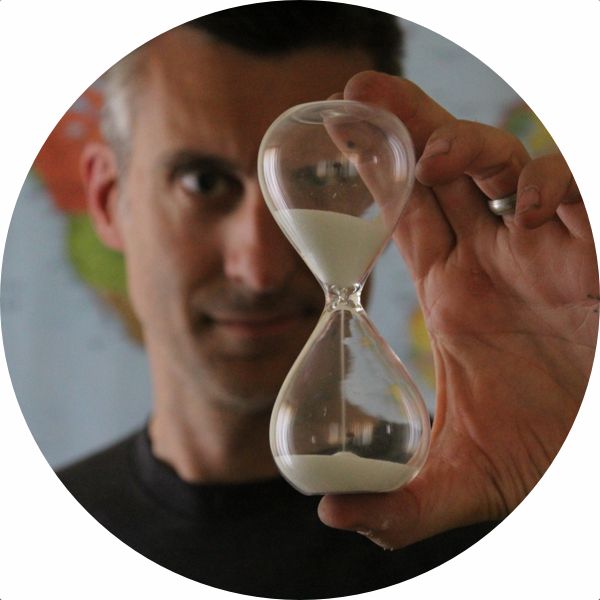Unusual, Iconic, and Interesting Finds in London.
Werewolves, Cabmen, Golden Boys, And Bears.
We spent a total of 18 days in and around London, and, although some days we just lounged about and went grocery shopping or to the local farmer’s market, other days we ventured forth to investigate interesting sights and iconic landmarks.
So here then, in no particular order, are some of the things we came across on our explorations of London.
Tower Bridge
Lee Ho Fook
One day I went out in search of the Chinese restaurant called Lee Ho Fook, which is featured in the opening strains of Warren Zevon's Werewolves of London.
I saw a werewolf with a Chinese menu in his hand
walking through the streets of Soho in the rain
he was looking for the place called Lee Ho Fook's
gonna get a big dish of beef chow mein.
And I found it.
Restaurant closed. No werewolves.
Now this is not the location in Soho that the werewolf was looking for in the rain. No, this is the other location in Kensal Green. But they’re both closed now, which sort of makes me sad.
Cabman’s Shelters
Drivers of London’s Black Cabs (cabmen, or more colloquially, “cabbies”) are famous for mastering “The Knowledge,” an encyclopedic recall of every street within six miles of Charing Cross, which, as you may recall from our earlier adventures, is the center of the city. In the old days cabmen weren’t allowed to leave their cabs when parked at a cabstand, which posed a problem for hungry drivers.
Cabman Shelter on Temple Place
So in 1874 the Earl of Shaftesbury (who was one of London's great social reformers during the Victorian age) set up the Cabmen’s Shelter Fund which allowed for a series of small green buildings to be built around London.
Inside these little shacks, which were no bigger than a horse cart, a cabman could get himself a hot meal and a cold (nonalcoholic) drink while he waited for a fare.
Cabman Shelter Rules
There were originally 61 of these Cabman Shelters built throughout London, but today only 13 remain active. Although you have to be cabbie to enter the small building, anyone can order takeaway. Alas, the one on Temple Place wasn’t open when we visited.
Golden Boy of Pye Corner
In September 1666 a great fire (so great it was named the Great London Fire) burned through the city for five days in September. And, at the corner of Giltspur Street and Cock Lane (get it?!?!), right where the fire was finally stopped, one will find a gilded, plump baby nestled in an alcove high above the street.
Who started the London Fire in 1666? This guy.
Once the fire was put out, there were many arguments about who was at fault. In order to end the fighting, this statue was erected to end the debate and assign blame once and for all — to the the sin Gluttony. Really. The inscription reads, in part:
"This Boy is in Memory Put up for the late FIRE of LONDON Occasion'd by the Sin of Gluttony 1666."
Read more about the Golden Boy at Findery.
William Wallace Memorial
Most of us know about William Wallace from the movie Braveheart — which is too bad because it’s a pretty inaccurate depiction of the events of Wallace’s life and struggle for Scottish Independence, right up to where he was captured and hauled back to London to be tried for treason.
Freedom.
Of course, he was found guilty, and, unlike the easy execution depicted in Braveheart, the real-life Wallace suffered the most gruesome of gruesome deaths.
First he was taken to the Tower of London where he was stripped naked then dragged by horse through the streets of London all the way to Smithfield, a distance of about two miles. At Smithfield — a popular place for public executions — he was hanged, drawn, and quartered. But that wasn’t enough to deal with the likes of Wallace.
Before he died from hanging or blood loss, he was taken down to be emasculated and disemboweled (both while still alive) before being beheaded. Then he was quartered and his head was placed on a pike on the London Bridge. Yeah, King Edward I really hated this guy.
Police Call Post
Thanks to Doctor Who, many people are familiar with the iconic image of the dark blue Police Call Box. But there were also a number of Police Call Posts placed on streets that didn’t have enough space to allow for a full Police Call Box. And these posts, unlike the boxes, were painted a light blue.
Police Call Post outside Postman’s Park
By 1953 there were 685 posts and boxes in operation throughout London. These were slowly phased out as the portable radio became a standard part of the police officer’s equipment. And while a few of these posts and boxes remain standing today they’re mostly curiosities of a bygone age (and Doctor Who fans) because the phones don’t work. As the sign says:
An original police telephone free for use of public. The telephone is no longer operation please use nearby payphone.
The Original Paddington Bear
Of course there's a Paddington Bear at Paddington Station. How can there not be?
Please look after this bear.
But the original bronze version of the statue, which was first placed in the station in the year 2000, has since been replaced with a colorful fiberglass model that resembles the Paddington from the 2014 film. But, if you know where to look, you can still find the classic bronze version hiding in a side gallery.
And speaking of stations ...
London Underground
We rode the tube a lot. And it was pretty convenient, but during peak hours it was madness. There’s something about the tube that turns normally polite Londoners into an angry crowd of pushing and shoving monsters not afraid to bowl over a small child in order to squeeze onto an already over-full subway car.
Baker Street Station
But during non-peak hours, the Undergound is quite nice and a great way to get around the city. We loved visiting all the different stations — each had its own personality. Our favorite was, of course, Baker Street Station. Our second was a station we didn't actually get to — Cockfosters. Nothing is funnier to two kids than riding the subway toward Cockfosters, where at every stop the automated female British voice says, “Cockfosters.” Great fun.
CCTV
There are a lot of CCTVs in London. So just know, when you’re visiting London, you're being filmed. Almost everywhere you go, there’s a camera or a sign saying there's a camera.
You're being watched.
In fact, there are so many CCTVs supposedly operating in the city, I don’t know how all the footage they’re supposedly capturing can ever be seen.
Header image: Double-decker bus on a London street.

Tom Fassbender is a writer of things with a strong adventurous streak. He also drinks coffee.
















